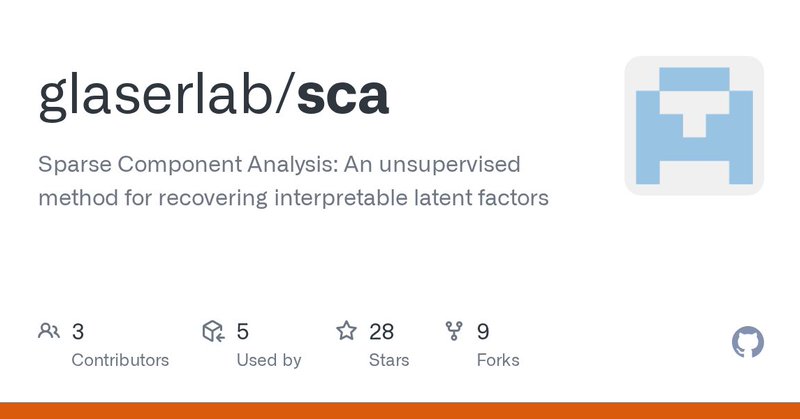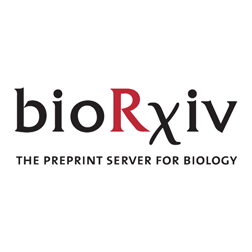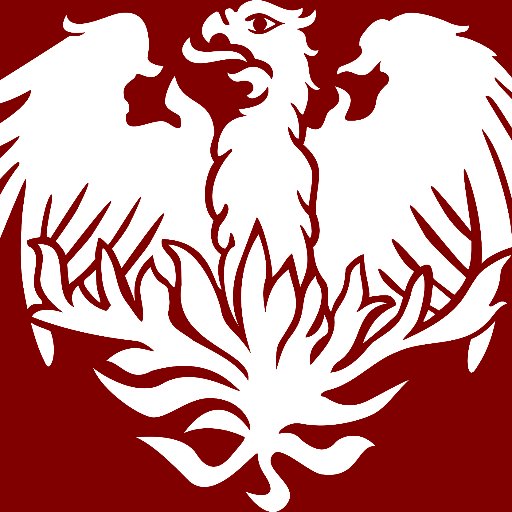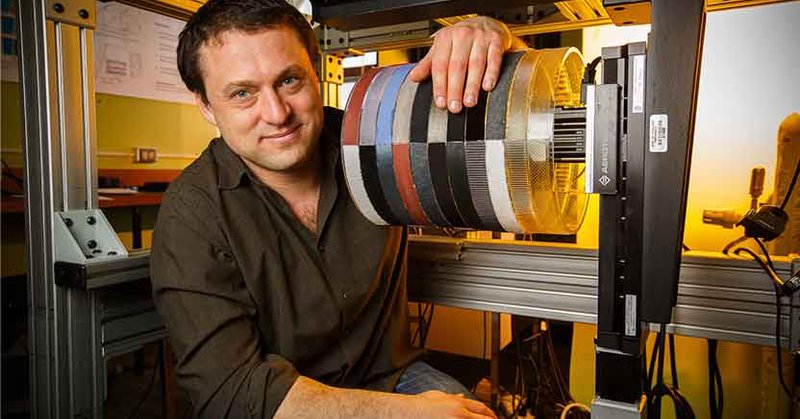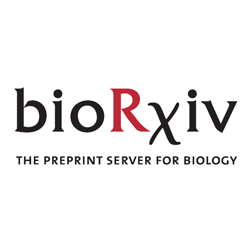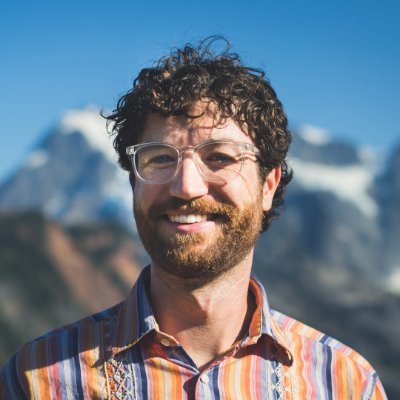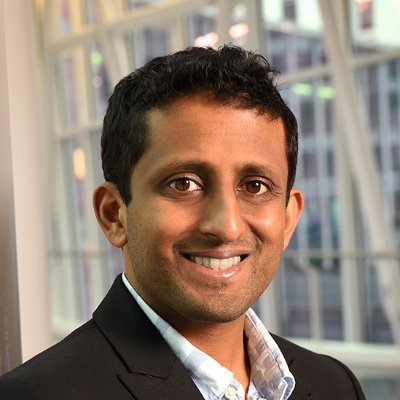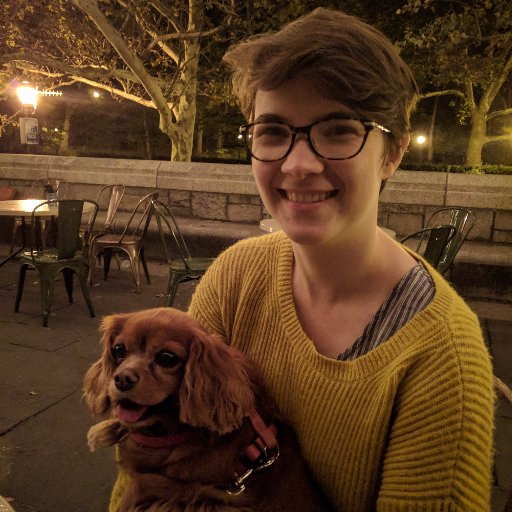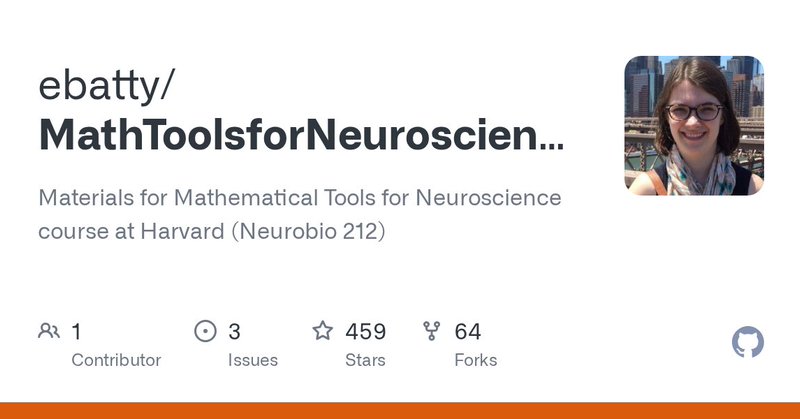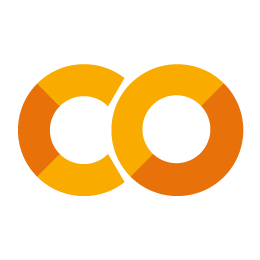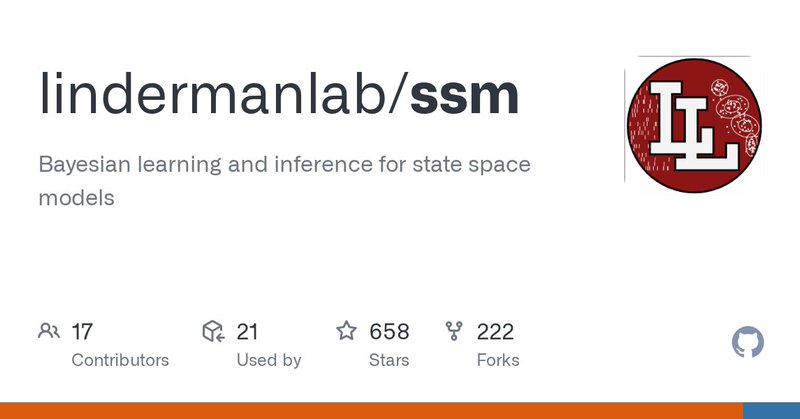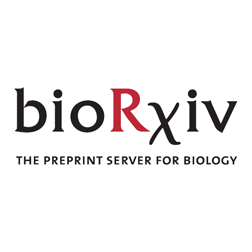
Josh Glaser
@joshuaiglaser
Followers
847
Following
436
Media
3
Statuses
141
ML for neuroscience. Asst Prof at Northwestern. Formerly, Postdoc at Columbia @cu_neurotheory and PhD with @KordingLab. He/him. @[email protected]
Joined March 2018
Lastly, if you're excited about developing interpretable machine learning tools for neural data analysis, we are recruiting postdocs - please send me an email if interested 4/4
0
0
2
A huge thanks to the large team involved in this project, led by twitterless Andrew Zimnik @MarkChurchland @sherryxinyuean @lndriscoll @VladislavSusoy (and several more) 3/4
1
0
2
Our code and example notebooks are available, and we'd love feedback if there are ways to make it more user-friendly: https://t.co/DybNa4UG4V 2/4
github.com
Sparse Component Analysis: An unsupervised method for recovering interpretable latent factors - glaserlab/sca
2
0
3
A brief return to twitter to share our new preprint. If you want to uncover interpretable low-dimensional factors in your neural population activity in an unsupervised way - check it out! https://t.co/7VCm0DkkSw 1/4
biorxiv.org
In many neural populations, the computationally relevant signals are posited to be a set of ‘latent factors’ – signals shared across many individual neurons. Understanding the relationship between...
4
24
96
“I think we as scientists embody something fundamentally, beautifully human … I still, idealistically and perhaps naively, believe in beauty because we, or some of us at least, experience it and are moved by it.” — Sliman Bensmaia, PhD, 1973-2023
uchicagomedicine.org
Pioneering neuroscientist at the University of Chicago, Sliman Bensmaia helped develop prosthetic limbs that can restore a realistic sense of touch to amputees and paralyzed patients.
0
36
86
And a huge thanks to my many official and unofficial mentors over the years: @KordingLab, Mark, @PresNCM, @SaraASolla, Liam, John, @MarkChurchland, @scott_linderman, Alejandro, Eric, and more! 3/3
3
0
19
The lab will be developing interpretable machine learning tools to better understand neural activity data and collaborating heavily with the amazing local neuroscience community! 2/3
1
0
30
I'm very excited to announce that I will starting my lab at Northwestern Neurology @NUFeinbergMed on September 1! I will be recruiting postdocs and students, so please reach out if interested! 1/3
50
62
508
We urgently need mentors (post-docs or faculty) to guide ~2,000 students from around the world with their projects. Time commitment is 3 hours across 3 weeks. Familiarity with comp/systems neuro a must, but python proficiency not required. Sign up here: https://t.co/RsoCeyxLsh
0
65
79
Excited to announce that this is finally up on bioRxiv. Congratulations @najabam @joshuaiglase @EricMTrautmann @AmematsroElom , Sean Perkins, @shadlen Larry Abbott & John Cunningham. We hope this will change how you think about both muscles and cortex.
biorxiv.org
Voluntary movement requires communication from cortex to the spinal cord, where a dedicated pool of motor units (MUs) activates each muscle. The canonical description of MU function, established...
3
32
163
So great that anyone can watch the #cosyne21 talks here https://t.co/QiOqjcxICJ (good because I missed a few that I want to check out)
youtube.com
Official channel for Cosyne talks - Computational and Systems Neuroscience Conference.
0
6
18
Coming in March: 📈 Benchmarks for latent variable models of neural population activity 📈 https://t.co/bL5kMHgeLY We're kicking this off with a modeling competition 🏆💰 Join the mailing list to stay informed! Thanks @CosyneMeeting #cosyne21 for helping us spread the word!
neurallatents.github.io
A Benchmark for Models of Neural Data
1
19
58
This is fantastic, hugely recommended for any neuroscientists getting into #python and neural #datascience
https://t.co/5HzpIco7IZ
elifesciences.org
Learn to analyze neural data using Python with this interactive, case study-based approach
3
172
551
Excited (and terrified) to start releasing the material for the Math Tools for Neuroscience course I'm teaching this fall at Harvard! Khan academy style videos and tutorials/exercises in Google colab (python)
github.com
Materials for Mathematical Tools for Neuroscience course at Harvard (Neurobio 212) - ebatty/MathToolsforNeuroscience
21
195
952
And check out our colab notebook to run our example simulation from the paper, and play around with the code yourself! https://t.co/ghNGTmVMAr 5/5
colab.research.google.com
Run, share, and edit Python notebooks
0
0
1
Code is now a part of @scott_linderman 's state space modeling package: https://t.co/wDamLTRXaX In particular, check out the multi-population notebook. 4/5
github.com
Bayesian learning and inference for state space models - GitHub - lindermanlab/ssm: Bayesian learning and inference for state space models
1
0
4
We demonstrate the method in simulations and in datasets from NHP motor cortex and C. elegans. 3/5
1
0
2
We extend recurrent switching dynamical systems models for multi-population recordings, so that in the model, populations interact via their dynamics in a lower-dimensional space. 2/5
1
0
1
We're excited to share our upcoming neurips paper, where we develop state space models for multi-population recordings! w/ @scott_linderman, Matt, John, and Liam https://t.co/wyi6BO47HC 1/5
biorxiv.org
Modern recording techniques can generate large-scale measurements of multiple neural populations over extended time periods. However, it remains a challenge to model non-stationary interactions...
2
9
39
Interested in how modern neural networks can be built, analyzed, and customized to study neuroscience questions? In this Primer, Xiao-Jing Wang and I provide a (hopefully) pedagogical introduction to these ideas, with equations and code https://t.co/7dLeG3LR3I
1
89
325
